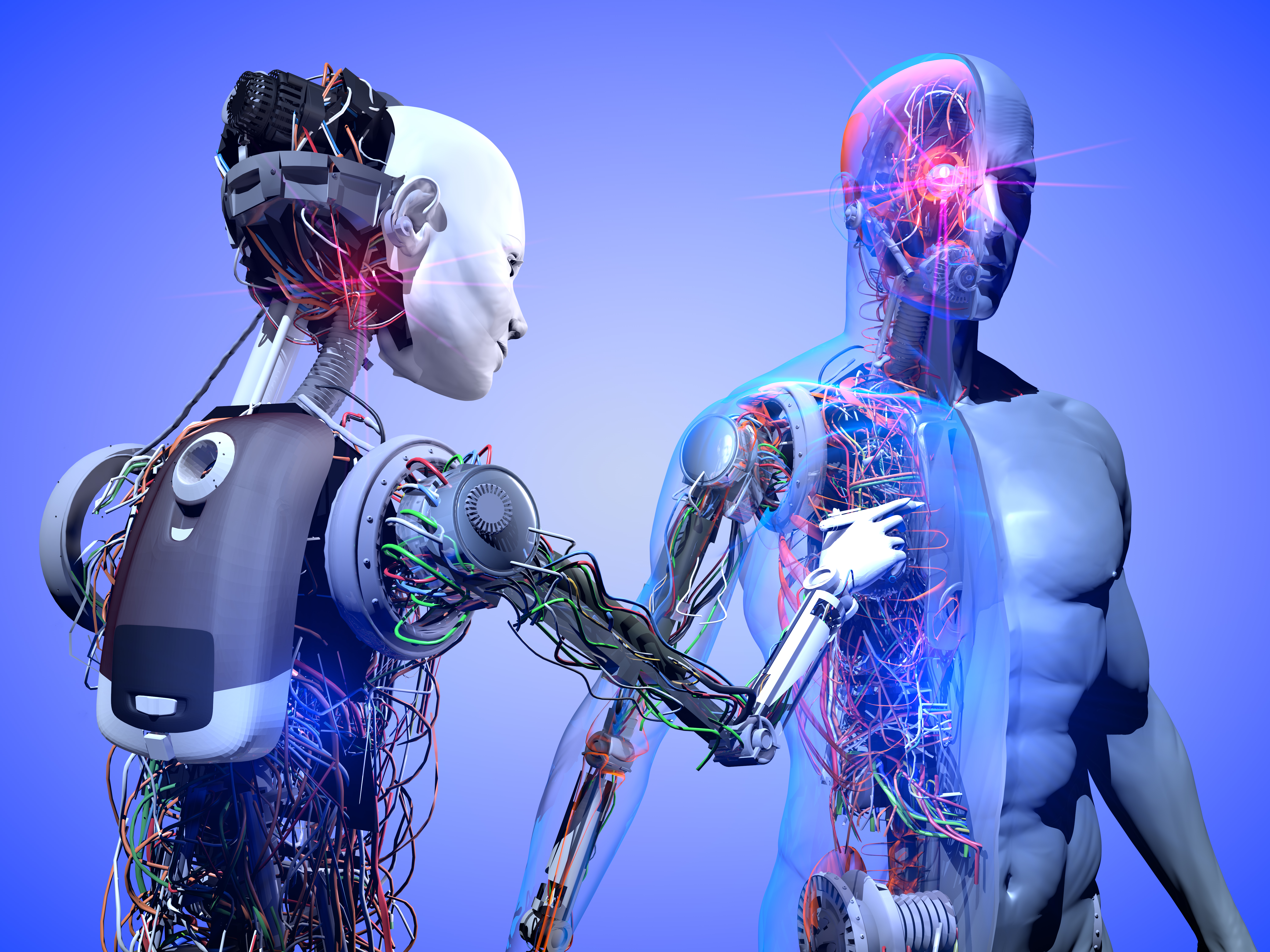
As providers around the country are scrambling to keep up with the latest spikes in COVID-19, a new study unveils machine learning models that can predict the likelihood of critical illness or mortality in COVID-19 patients within clinically relevant time windows.
Published in the Journal of Medical Internet Research, the study is one of the first to use machine learning for risk prediction in COVID-19 patients among a large and diverse population.
“From the initial outburst of COVID-19 in New York City, we saw that COVID-19 presentation and disease course are heterogeneous and we have built machine learning models using patient data to predict outcomes,” said Benjamin Glicksberg, PhD, Assistant Professor of Genetics and Genomic Sciences at the Icahn School of Medicine at Mount Sinai, and one of the study’s principal investigators, in a statement. “Now in the early stages of a second wave, we are much better prepared than before. We are currently assessing how these models can aid clinical practitioners in managing care of their patients in practice.”
For the study, researchers examined EHR data from five hospitals in New York City for over 4000 COVID-19–positive patients admitted from March 15 to May 22, 2020. The models were first trained on patients from a single hospital before or on May 1, then externally validated on patients from four other hospitals before or on May 1, then prospectively validated on all patients after May 1.
The researchers analyzed characteristics of the COVID-19 patients, including past medical history, comorbidities, vital signs, and laboratory test results at admission, to predict critical events such as intubation and mortality within various clinically relevant time windows that can forecast short and medium-term risks of patients over the hospitalization.
“Patients with COVID-19 demonstrate varying symptomatology, making safe and successful patient triaging difficult,” the researchers explained. “While some infected patients are asymptomatic, others suffer from severe acute respiratory distress syndrome, experience multiorgan failure, or die. Identification of key patient characteristics that govern the course of disease across large patient cohorts is important, particularly given its potential to aid physicians and hospitals in predicting disease trajectory, allocating essential resources effectively, and improving patient outcomes.”
The researchers used the models to predict a critical event or mortality at time windows of 3, 5, 7, and 10 days from admission. At the one-week mark—which performed best overall, correctly flagging the most critical events while returning the fewest false positives—acute kidney injury, fast breathing, high blood sugar, and elevated lactate dehydrogenase (LDH) indicating tissue damage or disease were the strongest drivers in predicting critical illness. Older age, blood level imbalance, and C-reactive protein levels indicating inflammation, were the strongest drivers in predicting mortality.
“We have created high-performing predictive models using machine learning to improve the care of our patients at Mount Sinai,” said Girish Nadkarni, MD, Assistant Professor of Medicine (Nephrology) at the Icahn School of Medicine and Clinical Director of the Hasso Plattner Institute for Digital Health at Mount Sinai. “More importantly, we have created a method that identifies important health markers that drive likelihood estimates for acute care prognosis and can be used by health institutions across the world to improve care decisions, at both the physician and hospital level, and more effectively manage patients with COVID-19.”


